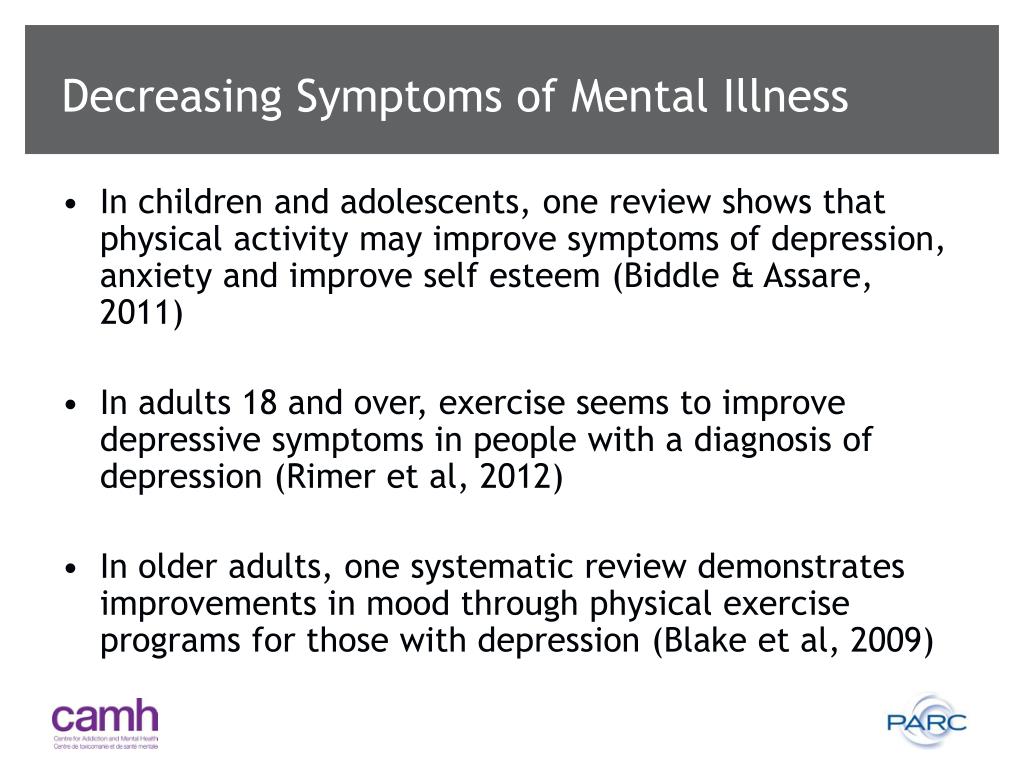

Future studies should report on implementation factors and more clearly describe the activities of the control group and whether the activity is added to or replacing ordinary physical education lessons in order to aid interpretation of results. The results should therefore be interpreted with caution. However, the studies show considerable heterogeneity. Considering the positive effects of physical activity on health in general, these findings may reinforce school-based initiatives to increase physical activity. School-related physical activity interventions may reduce anxiety, increase resilience, improve well-being and increase positive mental health in children and adolescents. Risk of publication bias was evident for several outcomes, but adjustment did not change the results. No signs of effect moderation were found for self-esteem, well-being or positive mental health. Moreover, studies with a high implementation reach showed a significant negative or no effect while those with a low level of implementation showed no or a positive effect. Interventions in younger children showed a significantly negative or no effect on internalising mental health problems while those in older children showed a significant positive or no effect. The narrative moderator analyses of outcomes based on 10 or more studies showed that age of the children moderated the effect of the intervention on internalising mental health problems.

Heterogeneity was moderate to high ( I 2 = 59–98%) between studies for all outcomes except positive effect, where heterogeneity was low ( I 2 = 2%). Eleven relevant outcomes were identified: health-related quality of life, well-being, self-esteem and self-worth, resilience, positive effect, positive mental health, anxiety, depression, emotional problems, negative effect and internalising mental health problems. Thirty-one articles, describing 30 interventions, were finally included. The literature search resulted in 10265 unique articles. Data were analysed with a random effects meta-analysis and by narrative moderator analyses. Study selection, data extraction and quality assessment were done by at least two authors independently of each other. Scientific articles published between January 2009 and October 2019 fulfilling the following criteria were included: general populations of children and adolescents between age 4 and 19, all types of school-related efforts to promote physical activity or reduce sedentary behaviour. The aim of this systematic review and meta-analysis was to investigate effects of interventions targeting school-related physical activity or sedentary behaviour on mental health in children and adolescents and to identify the features of effective interventions. Low levels of physical activity, sedentary behaviour and mental health problems are issues that have received considerable attention in the last decade.


 0 kommentar(er)
0 kommentar(er)
